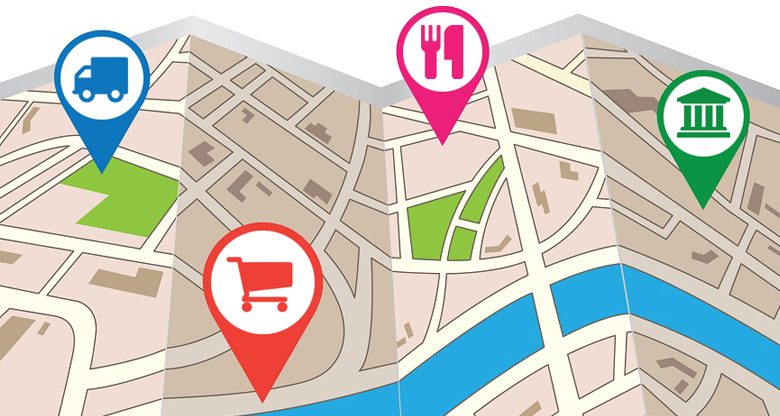
Story maps are an extremely useful tool that can be used in many situations. Classrooms often use story maps to help students understand complex plots and characters. Businesses use story maps for improved agility in business planning and operations. Even with work-from-home being the prevalent work model, accessible services like Spectrum deals and story maps ensure teams are on the same page. IT firms, in particular, have started using story maps to streamline projects and have a record of client requirements. This blog explores why and how IT businesses use story maps.
Why Use a Story Map
IT projects are based on what the client needs. Many projects also consist of scheduled software update releases. In the past, developers would often be at their wit’s end when it came to gathering and defining exactly what the customer needed. A common (and inefficient) way of doing things in the past was to create a detailed Word document. Some developers would come up with Word templates for clients to fill. The idea was to get the client to sign off on a list of requirements so that developers have a concrete goal to work towards.
There is one key flow to this “sign-off” approach. Its assumptions can often be unrealistic. For example, signing off on a document implies that the client has stated all requirements perfectly. This is not always the case, especially with clients that aren’t very tech-savvy. It also assumes that all requirements have been understood, agreed upon, and committed to. But what if requirements change during a project? Every IT professional has experienced this moment of panic. Story maps offer a more agile way to gather, manage, and adjust requirements as needed. This is possible due to several important features most story maps offer, including:
Prioritize Requirements and Deliver Accordingly
Clients can often have a large number of requirements. Some of them are key to creating the product or release that the client needs. However, many of them can often be less essential. Story maps allow developers to prioritize the documented requirements. They can then move into delivering on these requirements with specific workflows.
Defer Non-Urgent Requirments
Yes, certain requirements will not be as urgent as others. But if the client wants them, you have to deliver them or risk losing business. Of course, every requirement is going to take up development manhours. So you can’t work on all of them at the same time. However, with story maps, you can identify and defer certain requirements that aren’t immediately essential to delivering a working product or software release. You can simply schedule them for a later release, and still deliver significant development work regarding the other requirements.
Break Up Complex Requirements Into Smaller Parts
The biggest advantage of story maps is that it forces requirement descriptions to be brief. This is extremely useful when dealing with complex and large client requirements. Using digital index cards, developers can always access the exact requirement without having to peruse a dense Word document. The brief description gives them all the information they need.
Visualize The Roadmap or Product
A 100-requirement document is always going to be difficult to absorb. It is almost impossible to fully retain everything in a dense document. Many developers will start skimming after some point, and this will often lead to misunderstandings. The developers are the ones who have to be accountable for this. A story map offers a narrower focus that can help developers make sense of the requirements, plan, and deliver accordingly.
Improved Communication With Client
Communication is key in any relationship, including a business relationship between a firm and a client. If you want to deliver what the client has asked for, you need to have a better understanding of what the client needs. Strong communication reduces the risk of a misunderstanding (and costly rectification). In some cases, your client may have misunderstood something you said, which could result in a possible dispute later on.
Story maps offer a streamlined way to communicate, for both the developer and the client. Specific processes deal with specific requirements, so the client should have an idea of what to expect with each release. If the customer decides they need a different requirement delivered first, they can simply prioritize it for the developer to work on first. As long as the developer has access to the internet, such as residential mobile Spectrum, they should be able to see any changes and act accordingly. This makes for streamlined communication and updates in real-time. Overall, story maps are one of the most efficient and agile ways to tackle a development project.




